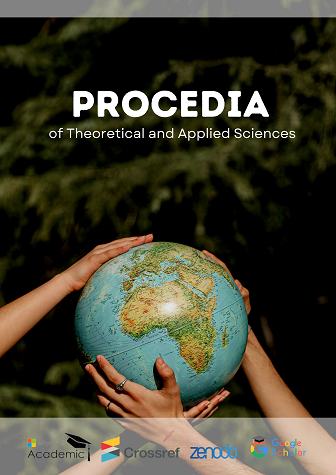ALISHER NAVOI AND THE THIRD RENAISSANCE PERIOD
Keywords:
Eastern Renaissance, author corpus, semantic tagging, enlightened societyAbstract
The people of Uzbekistan began to implement the idea of “New Uzbekistan”. Achieving this great idea was reflected in the dreams and aspirations of our ancestors who founded the Second Renaissance, and in their efforts for the prosperity of the country and the well-being of the people. It is known that the achievements of the social and artistic thinking of the Second Renaissance found their artistic expression in the lyrical heritage along with the prose works of Nizamiddin Mir Alisher Navoi, who is considered the “shams ul-millat” of the Turkic peoples. In particular, in many of his gazelles (gazel is a lyrical genre common in Eastern literature) collected in “Hazoyin ul-maoni”, Navoi highlighted the achievements of the Eastern Renaissance, valuable information about how every person living in this society conscientiously shows self-sacrifice and serves diligently for the development and prosperity of the country. It is very urgent to create Alisher Navoi’s corpus of authorship using digital technologies in order to make Navoi’s gazelles, which are considered our spiritual heritage created during the Second Renaissance, to be more readable in the Third Renaissance. Currently, the first version of this corpus has been created, and in order to make it more useful and productive, it is considered necessary to semantically tag the explanatory words of the gazelles collected in Navoi’s other divans with the meaning of the verse in which he participated. For this, it is important to analyze gazelles and open the semantics of words. This article provides an analysis of the gazel from the book “Garayib us-sigar” for the database of semantic tags of Alisher Navoi’s author corpus.





